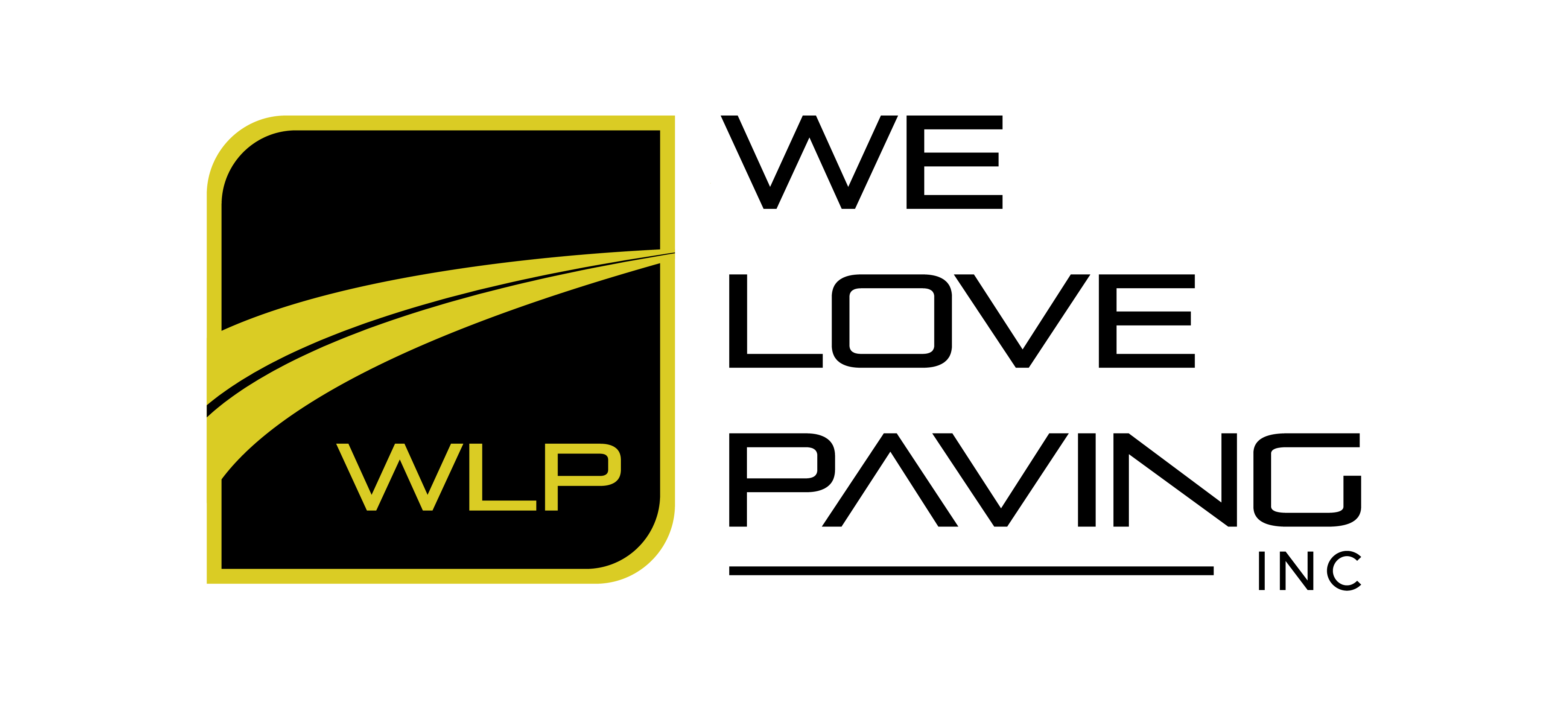🧱 Introduction
Many property managers think waiting until pavement shows visible damage saves money.
In reality, every dollar you delay in preventive maintenance today can cost you five to ten tomorrow.
At We Love Paving, we’ve seen firsthand how timely preventive care can double the lifespan of asphalt surfaces while cutting total expenses by up to 30%.
🚧 1. The Hidden Cost of “Waiting to Repair”
Fixing cracks, potholes, or depressions only after they appear might seem smart — but by then, the damage runs deep.
Water and UV rays have already weakened the sub-base, causing structural failures that can’t be solved with a simple sealcoat.
Reactive maintenance costs 4–6× more than preventive work, and it often disrupts business operations, creates complaints, and damages your property’s reputation.
🕒 2. When to Invest in Preventive Maintenance
The goal is to act before functional deterioration begins, not after.
Key signs your pavement needs preventive attention:
-
Faded or gray color (oxidation).
-
Small linear or transverse cracks.
-
Worn-out pavement markings.
-
Standing water or minor drainage issues.
👉 Addressing these early can extend your pavement’s life up to 2× at a fraction of the cost.
🧾 3. The 30/70 Strategy: Spend Smarter, Not More
An optimized pavement plan allocates budget like this:
-
30% for prevention: sealcoating, crack filling, surface cleaning, and restriping.
-
70% for structural upkeep: light overlays or slurry seals every 3–5 years.
This approach avoids full-depth reconstruction (which can cost $8–10 per sq. ft.) and keeps surfaces functional and attractive for over a decade.
🌦️ 4. Factors That Drive ROI
Several variables affect your maintenance ROI:
-
Climate: rainy or high-temperature regions need more frequent sealing.
-
Traffic load: heavy-use areas (shopping centers, warehouses) deteriorate faster.
-
Material quality: low-grade aggregates fail sooner without sealcoating.
-
Maintenance history: consistency drastically reduces long-term costs.
📊 On average, WLP clients who perform preventive maintenance every three years cut cumulative costs by 32% over a 10-year period.
🧰 5. How to Start: Get a Free Pavement Evaluation
Before spending a dollar, request a no-obligation pavement assessment.
Our team inspects thickness, drainage, cracking, and usage to deliver a detailed report with recommendations and savings projections — so you can budget confidently with real data, not assumptions.
⚡ Conclusion
Preventive maintenance isn’t an expense — it’s an investment with measurable returns.
While others wait for pavement to “cry for help,” We Love Paving clients enjoy smoother, safer, and longer-lasting surfaces — with lower total cost of ownership.

